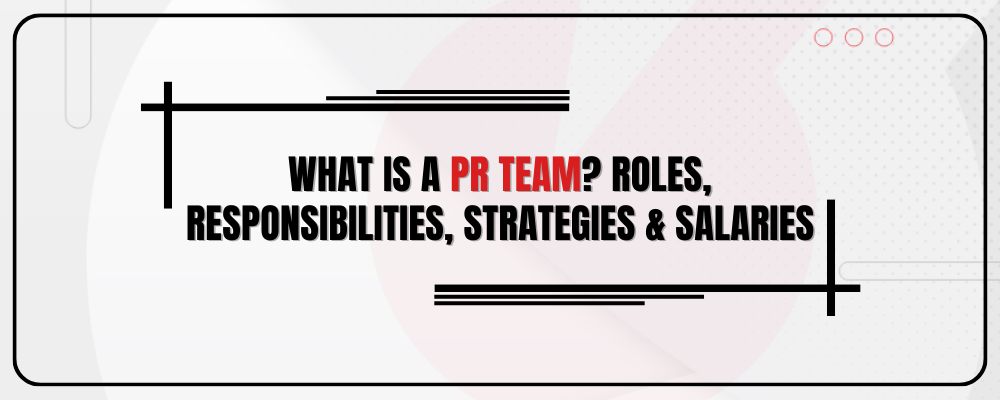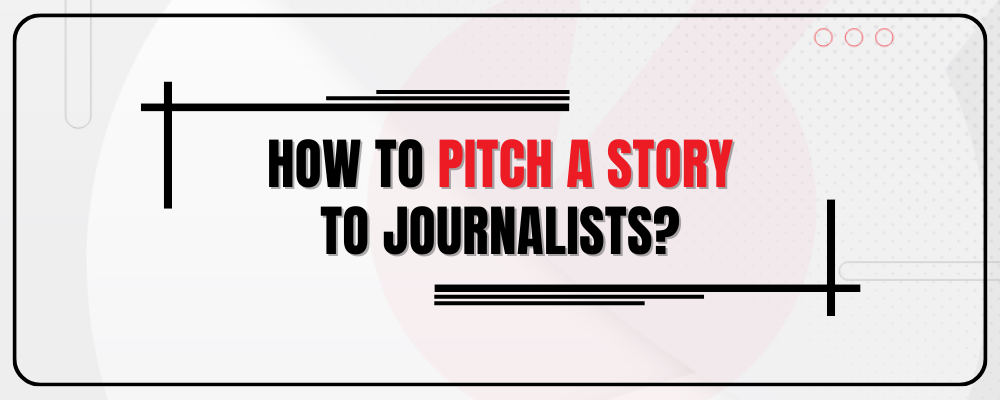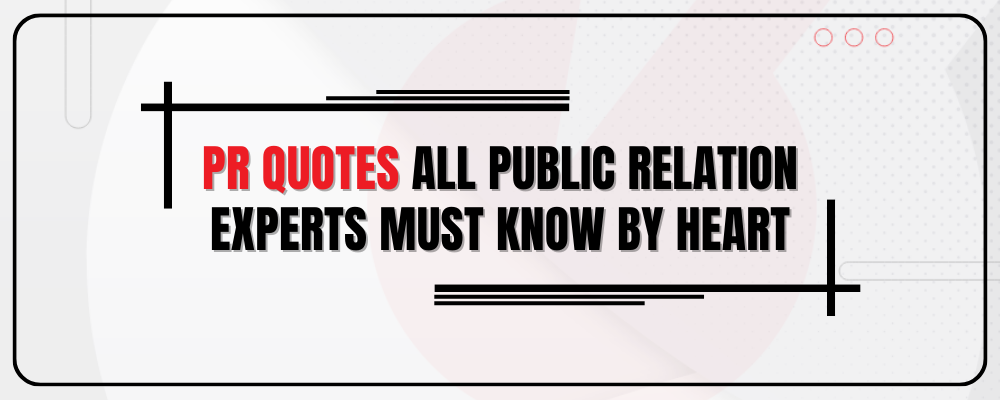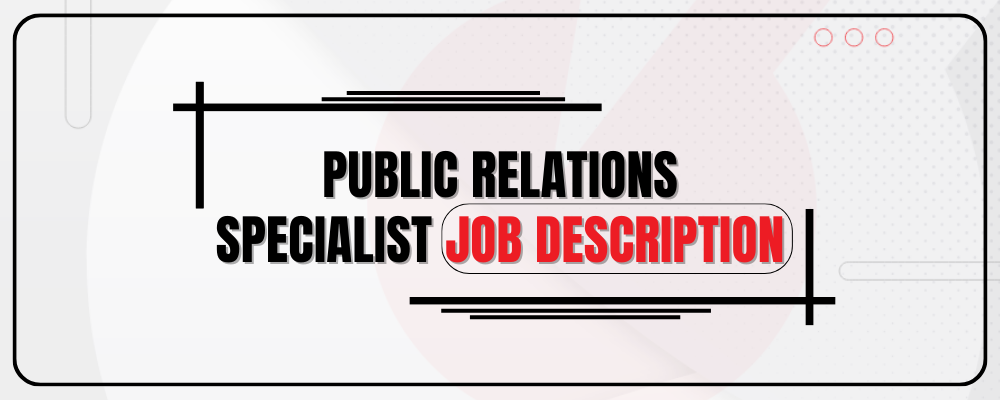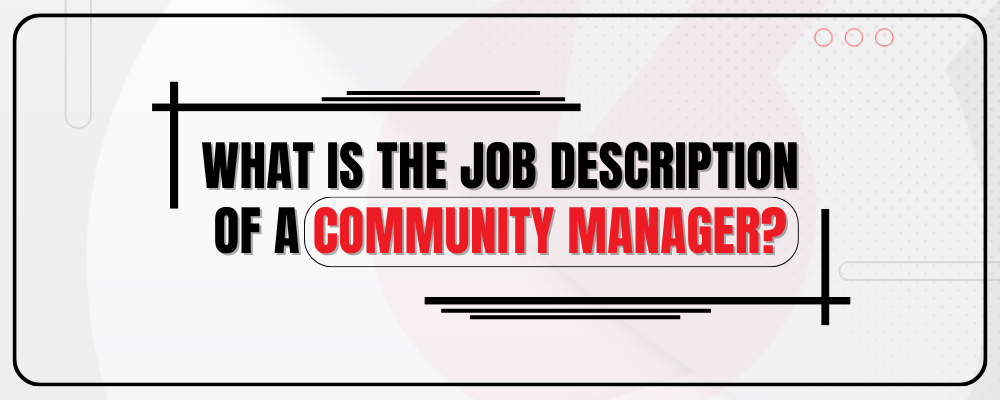A Public Relations (PR) team is a group of professionals within an organization dedicated to managing and enhancing the organization’s reputation. The primary goal of the PR team is to strategically communicate with various stakeholders, including the public, media, employees, and investors, in order to shape positive perceptions and support the organization’s objectives.
Who Are the Members of a PR Team?
PR Manager/Director
Role: Leads the PR team, sets strategies, and coordinates with top-level executives.
Responsibilities: Strategic planning, decision-making, and overseeing the overall PR function.
Media Relations Specialists
Role: Build relationships with media outlets and manage the organization’s interactions with the press.
Responsibilities: Write press releases, pitch stories, and organize media events.
Corporate Communications Specialists
Role: Manage internal and external communication, ensuring consistent messaging.
Responsibilities: Develop messaging strategies, handle internal newsletters, and ensure communication coherence.
Social Media Managers
Role: Manage the organization’s presence on social media platforms.
Responsibilities: Create content, engage with the audience, and run social media campaigns.
Crisis Communication Specialists
Role: Specialize in managing communication during crises.
Responsibilities: Develop crisis plans, coordinate responses, and provide accurate information during emergencies.
Event Coordinators
Role: Plan and execute events to promote the organization.
Responsibilities: Handle logistics, invite stakeholders, and ensure events align with PR strategy.
Content Creators/Writers
Role: Craft written content for various PR materials.
Responsibilities: Write press releases, speeches, articles, and blog posts to convey key messages.
Community Relations Specialists
Role: Build relationships with the local community.
Responsibilities: Represent the organization at community events, engage with local stakeholders, and coordinate outreach programs.
Measurement and Analytics Specialists
Role: Evaluate the impact of PR efforts using data.
Responsibilities: Use metrics to assess the success of PR campaigns, providing data-driven insights.
Government Relations/Public Affairs Specialists
Role: Manage interactions with government bodies.
Responsibilities: Monitor legislative issues, communicate the organization’s stance, and build positive relationships with policymakers.
How is a PR Team Structured in an Organization?
The structure of a PR team can vary depending on the organization’s size and needs. In larger organizations, there might be a hierarchy with a PR Director overseeing various specialists, while in smaller organizations, a single PR professional might handle multiple roles.
Here’s a typical hirarchical structure of a PR team
| Level | Designation |
|---|---|
| Top Leadership | Chief Communications Officer (CCO) / PR Director |
| Second Layer Management | PR Managers / Team Leads |
| Third Layer Specialists | Media Relations Manager |
| Content Creation Manager | |
| Community Engagement Manager | |
| Government Relations Specialist | |
| Social Media Manager | |
| Crisis Communication Specialist | |
| Analytics and Measurement Specialist | |
| Fourth Layer Coordinators | Media Relations Specialists |
| Content Creators/Strategists | |
| Community Engagement Specialists | |
| Government Relations/Public Affairs Specialists | |
| Social Media Coordinators | |
| Crisis Communication Specialists | |
| Analytics and Measurement Specialists | |
| Bottom Layer | Interns (Paid/Unpaid) |
What are the Aims and Strategies of a PR Team?
Aims
- Shape and maintain a positive public image.
- Foster positive relationships with stakeholders.
- Manage crisis situations effectively.
- Ensure transparent and consistent communication.
Strategies
- Develop compelling narratives and key messages.
- Build and maintain relationships with the media.
- Utilize social media for positive brand representation.
- Plan events that showcase the organization positively.
- Proactively address and manage crises.
What are the Responsibilities of a PR Team?
Strategic Planning
It involves setting clear objectives, such as increasing media coverage by 20% or enhancing social media engagement by 15% including a focused SWOT analysis, pinpointing specific strengths, weaknesses, opportunities, and threats. The process is characterized by detailed, quantifiable objectives that integrate data-driven insights, risk management, and creativity to enhance the organization’s reputation and achieve strategic objectives.
Media Relations
PR teams interact with journalists, editors, and other media representatives to secure positive coverage and manage the organization’s public image. Press releases, media kits, and press conferences are tools used to disseminate information and control the narrative.
Crisis Management
In the event of a crisis or negative incident, PR teams play a key role in managing communication to minimize damage to the organization’s reputation. This involves developing crisis communication plans, coordinating with stakeholders, and providing transparent information to the public.
Online Reputation Management
In the digital age, PR teams also focus on managing the organization’s online presence. They monitor social media platforms, review sites, and other online forums, engaging with the audience and implementing strategies to enhance the organization’s online reputation.
Strategic Planning
PR professionals collaborate with senior leadership to align communication strategies with overall business goals. They provide guidance on messaging, positioning, and the best channels for reaching target audiences. Research and analysis help them stay informed about industry trends and public sentiment.
Communication Skills
Effective communication is at the core of PR. PR professionals must be skilled in writing press releases, speeches, and responses to media inquiries. Clear and persuasive communication is essential to convey messages in a way that resonates with the intended audience.
Content Creation
A PR team plans each piece of content with a clear objective tied to broader communication goals. This involves detailed audience segmentation, considering demographics and psychographics, to tailor content for maximum resonance. Research-driven insights inform the development of diverse content formats, including press releases, thought leadership articles, social media posts, and visual elements. The team prioritizes consistency in messaging to reinforce the organization’s brand identity and values. Additionally, they conduct keyword and trending topic analyses to optimize content for search engines and social media algorithms, enhancing visibility.
Community Engagement
The PR team identifies key community stakeholders and utilizes various platforms, including social media, events, and partnerships, to foster meaningful interactions. They implement strategies that prioritize two-way communication, actively listening to community concerns and feedback. Personalized engagement campaigns are designed to address specific community needs, demonstrating the organization’s commitment to social responsibility. Measurement metrics, such as sentiment analysis and participation rates, are employed to assess the effectiveness of community engagement initiatives.
Measurement and Analytics
The PR team employs key performance indicators (KPIs) such as media impressions, sentiment analysis, and engagement metrics to quantitatively evaluate the reach and resonance of campaigns. Advanced analytics tools are utilized to track website traffic, social media interactions, and conversion rates, providing actionable insights into audience behavior. The team goes beyond vanity metrics, focusing on meaningful data that aligns with overarching business objectives. Regular reporting and analysis allow for agile adjustments to strategies, ensuring continuous improvement and demonstrating the tangible value of PR efforts in terms of brand perception, audience engagement, and overall organizational goals.
Government Relations
The PR team identifies and formulates communication strategies with government bodies. This includes engaging in advocacy efforts, providing relevant information to policymakers, and participating in public policy discussions. The team also monitors legislative developments, anticipating potential impacts on the organization and proactively addressing issues. Relationship-building with government officials, lobbying when necessary, and participating in public consultations contribute to effective government relations.
Reputation Management
PR teams focus on creating and maintaining a positive image for the organization. They develop narratives, messages, and stories that highlight the organization’s strengths and positive contributions. By managing the flow of information, PR professionals aim to build trust and credibility.
Stakeholder Relationships
Building and maintaining relationships with stakeholders is crucial. This includes customers, employees, investors, and the media. PR professionals work to understand the needs and concerns of these groups, tailoring communication strategies to address their interests and maintain a positive relationship.
Salary Expectations for PR Team Members
Salaries can vary based on factors such as experience, location, and the size of the organization.
Here’s a general breakdown
- PR Manager/Director: $80,000 – $150,000+
- Media Relations Specialist: $50,000 – $80,000
- Corporate Communications Specialist: $60,000 – $90,000
- Social Media Manager: $50,000 – $80,000
- Crisis Communication Specialist: $60,000 – $100,000
- Event Coordinator: $45,000 – $70,000
- Content Creator/Writer: $50,000 – $80,000
- Community Relations Specialist: $50,000 – $80,000
- Measurement and Analytics Specialist: $60,000 – $90,000
- Government Relations Specialist: $70,000 – $100,000
These figures are approximate and can vary widely based on individual qualifications, location, and firms.
How Do PR Teams Manage Themselves?
- Regular Meetings: Conduct team meetings to discuss ongoing projects, strategies, and address any challenges.
- Collaboration: Work closely with other departments, especially marketing, to ensure consistent messaging.
- Training and Development: Stay updated on industry trends and continuously enhance skills.
- Performance Evaluation: Regularly assess the impact of PR campaigns and adjust strategies accordingly.
- Feedback Mechanisms: Encourage open communication within the team for continuous improvement.
- Adaptability: Stay flexible and ready to adjust strategies based on evolving organizational needs and external factors.

